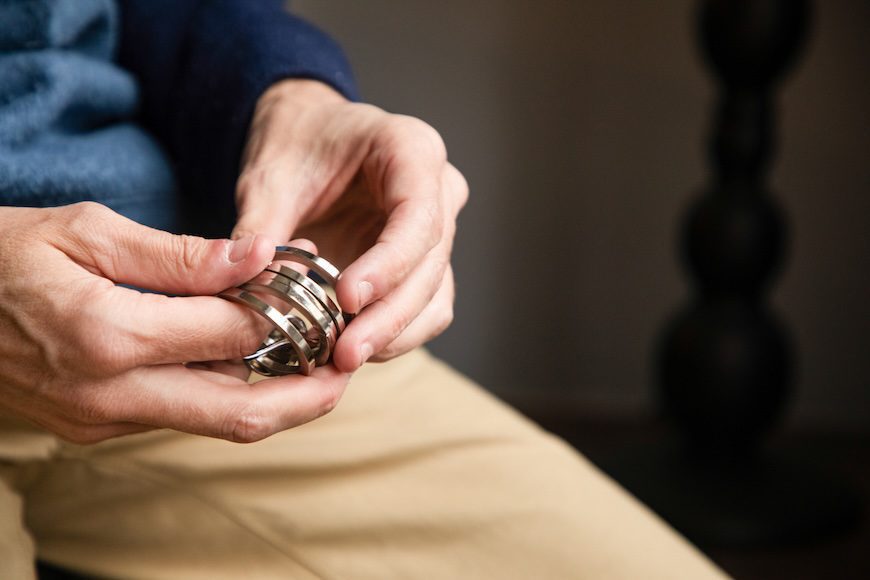Food-drug interactions tend to fly under the radar in clinical settings. However, their impact can be quite significant. The wrong mix of foods and medication can lead to drug failure and pseudo-resistance with potentially serious reactions.
A recent The Primary Care Companion for CNS Disorders paper served up some good reminders and clinical hacks related to the kind of problems that can arise with a food-drug interaction.
Food-Drug Interactions to Keep in Mind
- While taking some medications after eating improves their efficacy, others perform better on an empty stomach. For example, taking lurasidone with a 350-calorie meal enhances absorption, while absorption drops by up to 70 percent without food. On the other hand, eating delays the release of z-hypnotics and dual orexin receptor antagonist inhibitors by 1 to 2 hours, which may be impractical for insomniac patients.
- High-fat meals cause the extended-release capsule of the depression drug quetiapine XR to rapidly release its dose, increasing the risk of oversedation and orthostasis. Likewise, a high fiber diet can cause a decrease in the absorption of tricyclic antidepressants. Additionally, patients on low sodium diets may reabsorb more lithium, increasing its levels in the body.
- Some foods can have completely opposite effects. Veggies such as broccoli, Brussels sprouts, cabbage, cauliflower and arugula plus char grilled meats increase the activity CYP1A2, an enzyme involved in drug metabolism. Caffeine will do the same. However, produce such as carrots, celery, coriander, cumin, and parsley will have an inhibitive effect.
- Alcohol can have a particularly potent impact on how a medication works. Even a single cocktail can strengthen the effects of certain drugs that slow down the central nervous system. Imbibing can also lead to disulfiram reactions characterized by symptoms like headache and flushing.
- And of course, grapefruit has famously potent effects on a wide variety of medications from anticoagulants to statins to immunosuppressants. By inhibiting the intestinal enzyme CYP3A4, the drug reduces metabolism, resulting in increased drug levels in the bloodstream and a prolonged presence in the body.
The authors stressed that their list is by no means exhaustive. “… prescribers are urged to consult national formularies when in doubt,” they wrote.
And, as our tweet of the week demonstrates, ignore food-drug interactions at your patients’ peril.
Saw two patients with stable liver disease developing acute worsening of liver function resulting in liver failure due to turmeric consumption.
The first patient took turmeric powder on average 12g a day mixed with black pepper, sometimes with ghee/milk for over ten months…
— TheLiverDoc (@theliverdr) June 2, 2023
IN OTHER PSYCHIATRY AND NEUROLOGY NEWS THIS WEEK
- Data from all three EMERGENT trials presented at the annual ASCP conference in Miami showed that drug combo KarXT effectively reduced schizophrenia symptoms with minimal adverse events.
- According to a new study, use of medications with potential depressive symptom side effects is associated with a higher level of depressive symptoms in adults with antidepressant-treated major depressive disorder.
- Here’s a simple explainer on the 95% confidence interval and how it relates to relative risk, odds ratio, and hazard ratio.
- Symptoms from a woman’s period generally don’t cause psychiatric symptoms. However, certain beliefs about menstruation can be considered maladaptive and detrimental to psychological well-being.
- This report offers a narrative review of the studies on schizophrenia that evaluated both decision-making capacity for treatment with the MacCAT-T and severity of symptoms using a clinical rating scale for schizophrenia.
NEW AT CME INSTITUTE
It’s not too late to join the Emerging Perspectives in Psychiatry meeting in New York City on June 24. Book your seat now to earn free 5.0 CME credits and learn from leading experts on schizophrenia, ADHD, addiction, MDD, and PPD.



